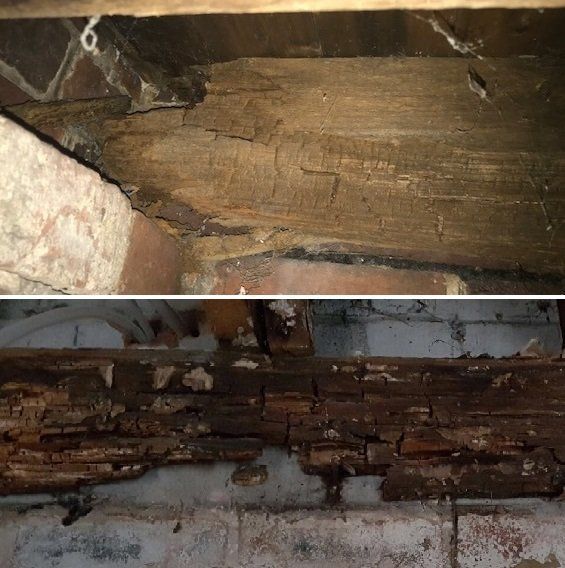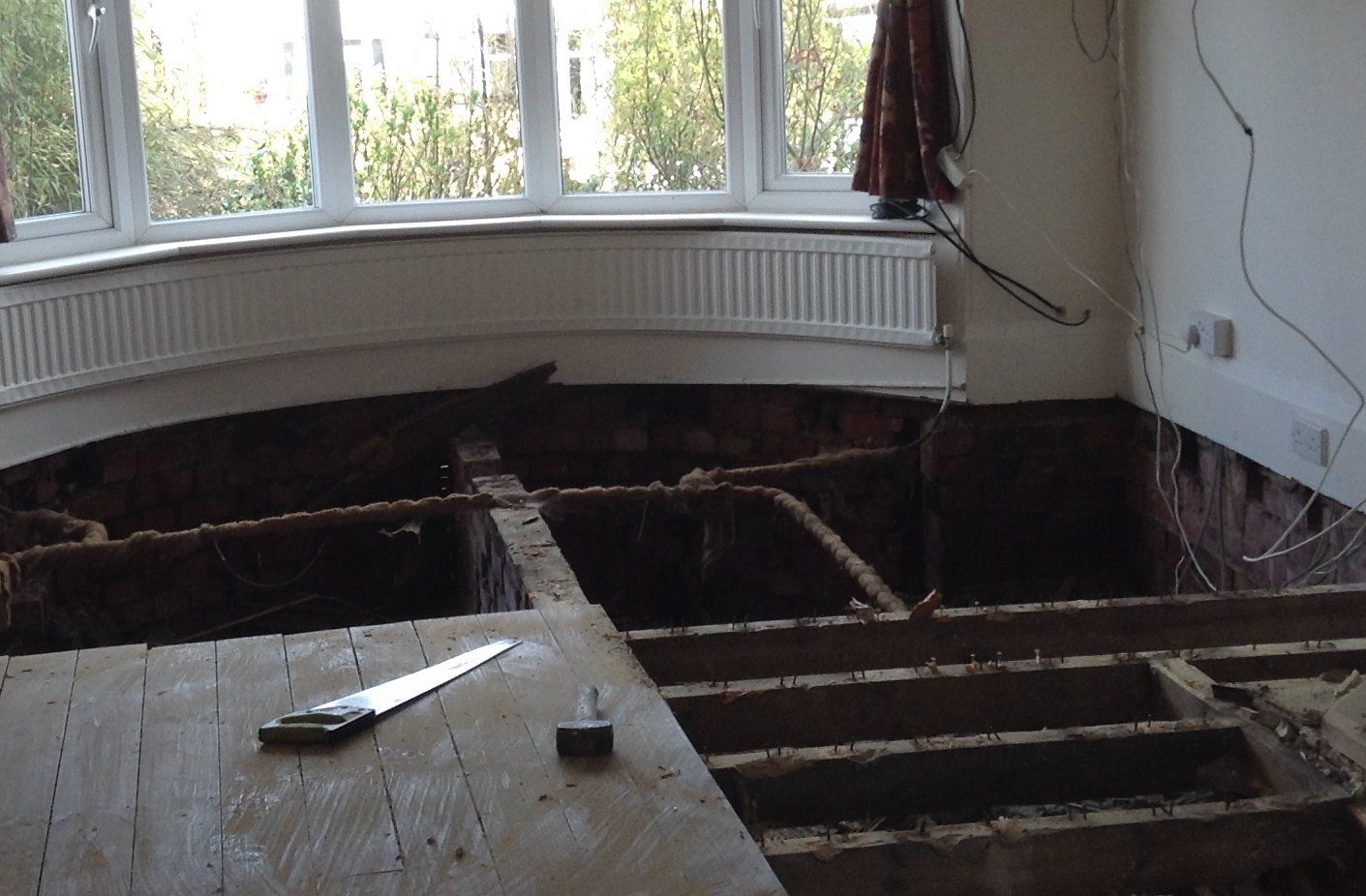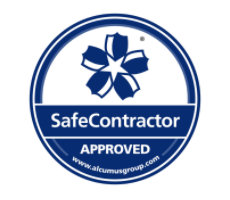Wiping Out Wet Rot
Unlike Dry Rot, Wet Rot (Coniophora puteana) can only affect timber items and generally not as destructive. However, it is the most common type of fungal decay found in buildings and can still cause serious damage to the structural integrity of timber if left untreated.
Wet rot can often be dealt with by chemical treatment along, but as with any problem, the longer is remains undetected the more costly and disruptive it can be to resolve. Therefore, if you suspect you may have this problem in your property it is still important to have a specialist assessment as soon as possible.
Wet rot can often be dealt with by chemical treatment along, but as with any problem, the longer is remains undetected the more costly and disruptive it can be to resolve. Therefore, if you suspect you may have this problem in your property it is still important to have a specialist assessment as soon as possible.
The wet rot treatment specialists
Signs and causes of wET ROT
Wet rot can only attack timber with a higher than average moisture content, either as a result of water ingress/leaks, or by timbers being in direct contact with damp walls.
Unfortunately, this can often mean that the affected timbers are concealed by floor coverings, roofing insulation materials etc., which can delay a diagnosis.
Common signs of wet rot can include:-
Unfortunately, this can often mean that the affected timbers are concealed by floor coverings, roofing insulation materials etc., which can delay a diagnosis.
Common signs of wet rot can include:-
- Brittle, cracking or softened timber.
- A difference in colour to surrounding timbers.
- Excessive movement or 'bounce' in flooring timbers.
- Fungal growth.
- Fusty odour.
- Flaking of paint or varnish from items such as skirting boards, window frames etc.


How do we deal with wet rot?
Our experienced surveyors will assess the full extent of the problem and provide a no-obligation eradication plan and quotation.
The first step towards curing a wet rot problem is identifying and resolving the moisture source which caused/feeds the attack. This would usually involve repairing any external defects or leaks to prevent water ingress, damp proof course treatments or correct isolation of flooring timbers from the brickwork.
If identified in the early stages, dealing with the source as above along with chemical fungicidal treatment may be all that is necessary. However, in cases where structural weakening has occurred, it may be necessary to repair or replace certain items.
The first step towards curing a wet rot problem is identifying and resolving the moisture source which caused/feeds the attack. This would usually involve repairing any external defects or leaks to prevent water ingress, damp proof course treatments or correct isolation of flooring timbers from the brickwork.
If identified in the early stages, dealing with the source as above along with chemical fungicidal treatment may be all that is necessary. However, in cases where structural weakening has occurred, it may be necessary to repair or replace certain items.









